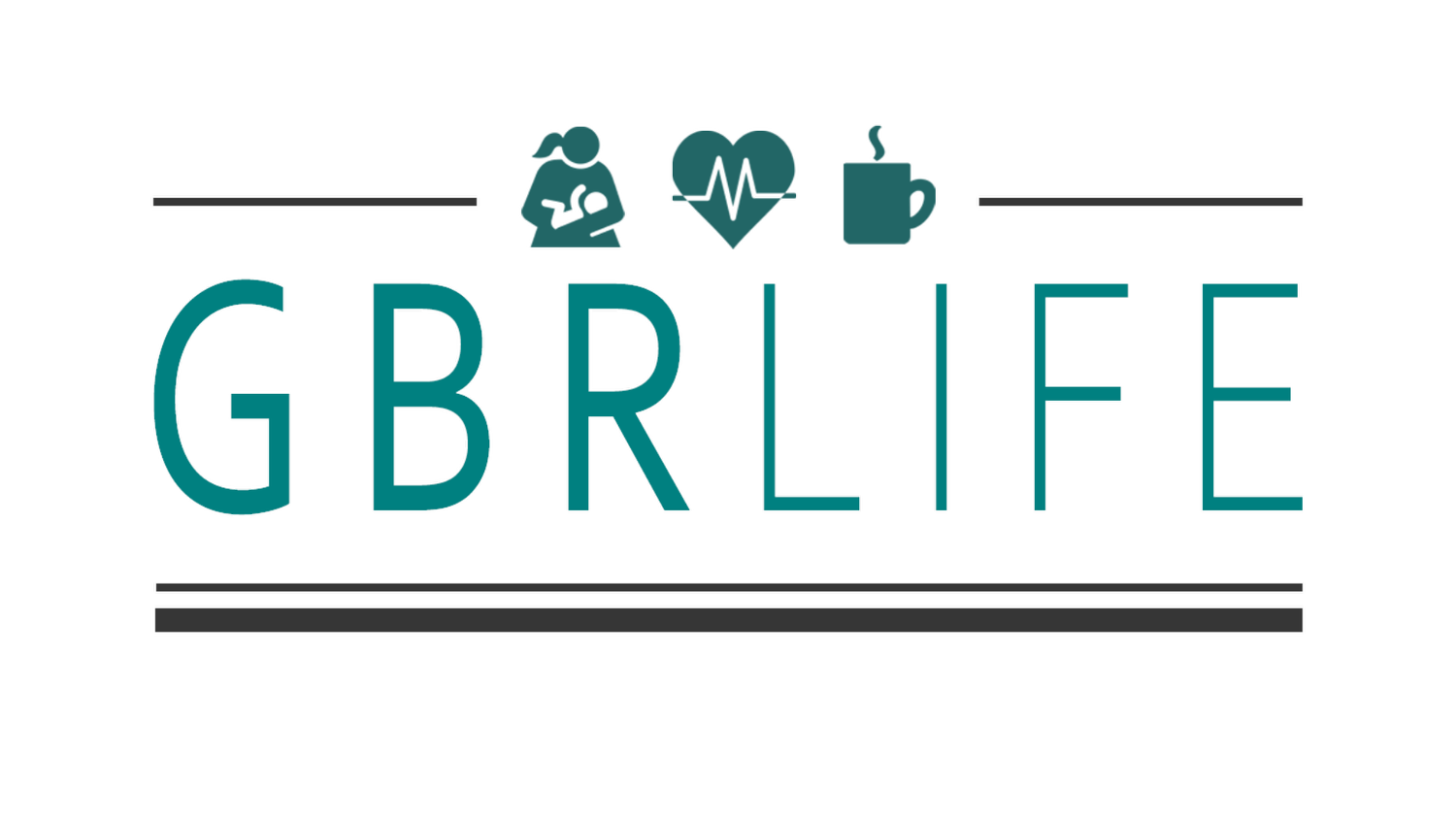Unmasking The Corporate Propaganda Machine: The Truth About the Back-to-Office Narrative
In the hazy dawn of our post-pandemic world, the subtle cadence of a narrative shift resonates within the confines of Corporate America. The corporate colossus seems to be humming a different tune, one that's decidedly anti-remote work. As we pull back the curtain on this subtle yet potent propaganda, it becomes imperative to question: Is it really about productivity or is it about control?
Image Credit: @arlington_research
As the pandemic wrapped its vice-like grip around the world, it effectively shattered our conventional understanding of the workplace. Remote work, once considered a luxury or a rarity, became a necessity. Companies pivoted swiftly, employees transformed living rooms into home offices, and the world kept turning.
Now, as we edge towards normality, or a version of it, a well-orchestrated campaign is underway, casting remote work as the villain of this piece. It's alleged to be a productivity killer, a cultural destroyer, and an obstacle to professional growth. Key interactions, spontaneous coffee-break brainstorms, and the so-called serendipity of office life are romanticized, while the home office is vilified.
This narrative is nothing more than the latest avatar of corporate propaganda. It expertly and persistently suggests that a full return to office work is the best course for everyone. But is this narrative a one-size-fits-all solution or a ploy to get us back into the corporate fold?
Peering into the heart of the corporate beast reveals significant financial investments in physical office spaces - glittering skyscrapers, plush office parks, and sprawling campuses. A remote workforce could make these investments redundant or less lucrative. Moreover, traditional management styles often demand direct oversight, which becomes a herculean task in a remote setting. This push for an office comeback may well be a strategic maneuver to regain the reins of control.
But this narrative doesn't live in a vacuum. It seeps, inch by careful inch, into our collective consciousness via powerful media channels. Corporate America and the media industry are more intertwined than a Gordian knot, making it easy to orchestrate a symphony of propaganda. Today, propaganda isn't a sledgehammer; it's a scalpel, subtly shaping public opinion, dictating perceptions about work, productivity, and norms. This influence reaches far, potentially shaping labor laws, policy decisions, and societal standards.
We are witnessing a new era of propaganda, teetering on a dangerous precipice. Its sophistication, subtlety, and scope are unparalleled. The back-to-office narrative exemplifies how messages can be meticulously curated to serve vested interests.
In our hyper-connected world, the potential danger of misinformation and biased narratives isn't just about deceiving individuals; it's about eroding our capacity for critical thinking, silencing the contrarian voices, and molding public opinion for profit or power. The risk lies in creating a society where individuals no longer question, where they place implicit trust in their information sources, even when these sources may harbor ulterior motives.
The narrative extolling a return to office life, propagated by Corporate America and amplified by media outlets, is a poignant reminder of the power and potential peril of modern propaganda. As consumers of media, our challenge is to remain vigilant, scrutinize the motives behind the information we receive, and diligently fact-check the narratives presented to us. Our perceptions and decisions must be our own, not the byproduct of a corporate propaganda machine humming in the background. We must listen, but also question, for therein lies our true power.


